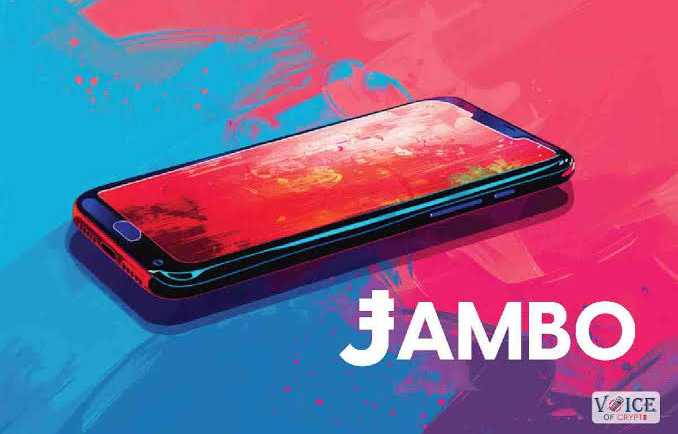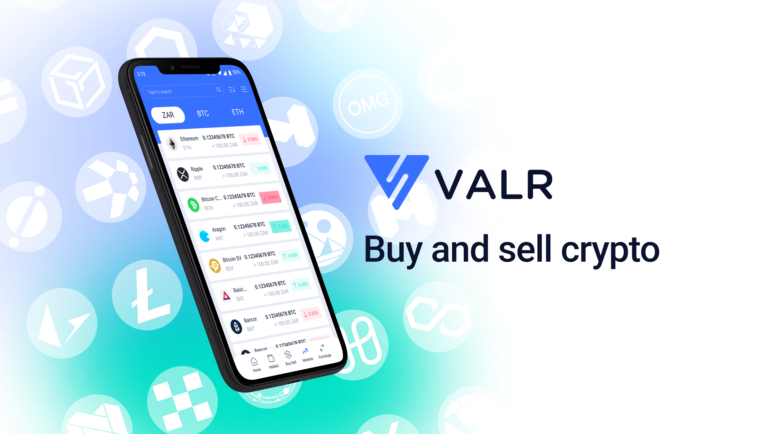
BLOCKCHAIN BASICS: KEY THINGS TO KNOW AS A BEGINNER
With the introduction of Bitcoin in 2009, the world was introduced to blockchain technology. This would become the first of many steps in the shift towards digital currencies.
At first glance, both blockchain and Bitcoin can seem intimidating and incomprehensible. By clearly defining the two and understanding the processes behind them, you will start your journey into digital currencies with confidence.
What is a Blockchain?
Blockchain is a digital ledger maintained and distributed among multiple interconnected computers called “nodes.” The blockchain is made up of consecutive “blocks” that store an accounting of relevant information, such as transaction time, amount and addresses involved in transactions. Each data set is linked to the one before it using a cryptographic algorithm to verify and create a time-stamped hash of the data. Copies of the blockchain are then distributed to the users within the network with access to view the stored information.
Through this technology, Bitcoin and other digital currencies maintain privacy and security while having a public, decentralized ledger.
Privacy and Security of Blockchain
The security of a blockchain relies on two aspects: the structure of the blocks and the peer-to-peer network that maintains it.
In the blockchain, each new block is added to the chain in a linear and chronological order. With each block linked to the previous one, any bad actors wanting to tamper with data would need to decrypt previous blocks before reaching their targeted data and rewriting the chain forward from the chain while convincing all other nodes to do the same. This becomes increasingly infeasible in cost with every block of data added to the blockchain, so the security of a blockchain is two-fold: tampering with data is technologically difficult and economically impractical.
In addition, copies of the blockchain are held by many other users within the blockchain network. To successfully alter data on one block, the hundreds and thousands of copies of that block must be changed as well, which adds a third component of subversive human cooperation and planning in order to subvert the whole network. Malicious changes to the ledger are therefore practically impossible.
With blockchain technology, digital trust is established by securely recording information in a public space. This allows the data within the blockchain to exist in a decentralized state while being continuously reconciled.
A key privacy feature of blockchain is the use of a digital signature. While the global peer-to-peer network can view the contents of the public ledger, there is no access to any information that can identify users in their transactions, unless they proactively identify themselves and associate their identity to their keys. Due to the permissionless nature of a blockchain network, a user may choose to generate keys, never associate them to an identity, and do business privately.
These digital keys are generated by the hashing algorithm of the network and used to authorize transactions. The technical and economic security of the network makes it difficult for malicious parties to create fraudulent transactions by cracking keys. Combined with the fact that each block is tagged with a unique code to distinguish them from other blocks in the chain, the risk of hackers compromising data of a user or the public ledger are reduced to levels approaching zero.
Differences Between Blockchain and Bitcoin
Any worthwhile guide to Bitcoin for beginners will tell you that blockchain and Bitcoin are not the same.
Blockchain is a generic term for the technology that Bitcoin and other digital currencies use to secure and record their transactions. Each transaction’s data is organized into a block, marked with a timestamp, and then hashed with an encryption algorithm.
The resulting blocks are then chained together and arranged chronologically, with each new block carrying a list of the previous block’s confirmed data. Each operating member of the blockchain network maintains a constantly-updated copy of the blockchain data for the client users of the network. They create a balance of incentives across the network to maintain security and throughput for business and personal use of the network. Through this relationship of economic balance, digital currencies can remain sufficiently decentralized and independent from the control of a singular institution while keeping transactions fast and costs low for business and personal use of the network.
The decentralized nature of a blockchain network also keeps the network operational in adversarial conditions. For example, even if one part of it were to be attacked or encounter technical problems, the ledger can remain accounted for. Parties can come and go as they please, and pick up where the network has left off. This fulfills the singular purpose of blockchain technology: for data to be recorded and distributed to remain uneditable.
Bitcoin, is a specific digital currency that applies blockchain technology. It is only available electronically and is not reliant on banks and other institutions to regulate or distribute. Utilizing blockchain technology, Bitcoin can enable peer-to-peer transactions without a middleman or governing authority while maintaining user security and nearly eliminating the risk of fraud or theft.
Uses of Blockchain
Aside from its use in digital currency, blockchain technology has seen other useful applications in other industries.
Given the way blockchain security works, it can be used as a notary timestamping tool for regulatory compliance and auditing. Using a global, public ledger decreases the risk of human error, and allows organizations to strengthen the integrity of their records because once the data is entered into the blockchain, it is much more difficult to alter than if it was stored in a centralized, private database.
In the insurance industry or other industries where the value and integrity of data is crucial, a blockchain can deploy smart contracts to automatically execute agreed-upon terms between two parties. This reduces the opportunity for technical and human errors in the management of financial transactions that require specific triggers before executing.
Smart contracts increase efficiency, and they also eliminate the risk of failure to properly distribute funds based on the rules of the contract.
Blockchain also has multiple uses in supply chain management and other event-based business operations. To timestamp and broadcast the state of many moving parts at relevant intervals reduces centralized network management costs while also allowing for greater transparency in the process. This allows deeper audits that are always available, and may even increase intrinsic value of the goods due to the provable timeliness of their manufacture or transport. An example of this would be the difference in economic value of provably fresh food versus food which has an unknown history.
The technology also creates opportunities for more secure, efficient, private and useful record-keeping, such as for healthcare and government work. Data is easily accessible within the blockchain network, reducing the need for paper documents. Additionally, sensitive personal data can be accessed within a shared database without putting an individual’s privacy at risk due to the use of public key cryptography. Certain institutions wherein a public, financial audit is necessary can use publicly known wallet addresses so that a tally can be kept at all times. Media companies have been taking advantage of blockchain technology for distribution at lowered costs, eliminating the need for traditional content delivery networks. Additionally, blockchain is being used to distribute content like music and videos to better protect the Intellectual Property rights behind them or just simply to monetize their content in a way which is new, fast and cheap by cutting out middlemen.
Breaking Down the Blockchain Process
The basics of how blockchain works are relatively simple. A vital part of this process is the peer-to-peer network that facilitates the creation and maintenance of the blockchain.
- A transaction is made
This can be any transaction: paying off debt, making a purchase, giving donations, or even fulfilling a contract. A wallet generates a transaction and sends it to a destination wallet address.
- Transaction data is logged and compiled into a block
Data such as the date, time, and transaction amount are recorded into a block, alongside data from other transactions. Unless added, names and additional identifying information are not recorded. Instead, most transactions only use a unique digital signature which will appear in the ledger.
- The finished block is distributed to every user in the blockchain network
In centralized systems, there is usually a person or group responsible for processing and verifying transactions. Bitcoin and other digital currencies use a decentralized system that requires the distributed operators of the network to verify the data stored in the block. Valid blocks are then distributed to the nodes on the network.
- All nodes in the network work to verify the block
Once the block is transmitted to the nodes, their devices compete to resolve the complex computational problems needed to verify the block. Once a node— often referred to as a miner—is able to do so, the rest of the nodes work to solve the next block in the chain. This is how duplicate blocks are avoided.
- After verification, the block is added to the chain
The completed block receives a unique timestamp and identifying code called a “hash.” It is also given the hash of the previous block added to the chain. This interconnectivity gives the blockchain its immutable quality.
- The transaction is complete and is part of the digital ledger
Once the successful node adds the newest block to the blockchain, the resulting update is transmitted to all users on the network. Attempts to alter earlier blocks will result in a mismatch with the hash encoded into the later blocks. If the hashes match up, all parties can confirm the accuracy of the ledger.
Start Your Bitcoin Journey
Once a concept that only existed on paper, the adoption of blockchain technology marks a crucial step towards innovation in digital currencies and beyond. By enabling a public digital ledger that is under the control of a distributed group, rather than a singular party or entity, Bitcoin and other digital currencies have begun to offer newer, more secure modes of transactions at lower costs.


